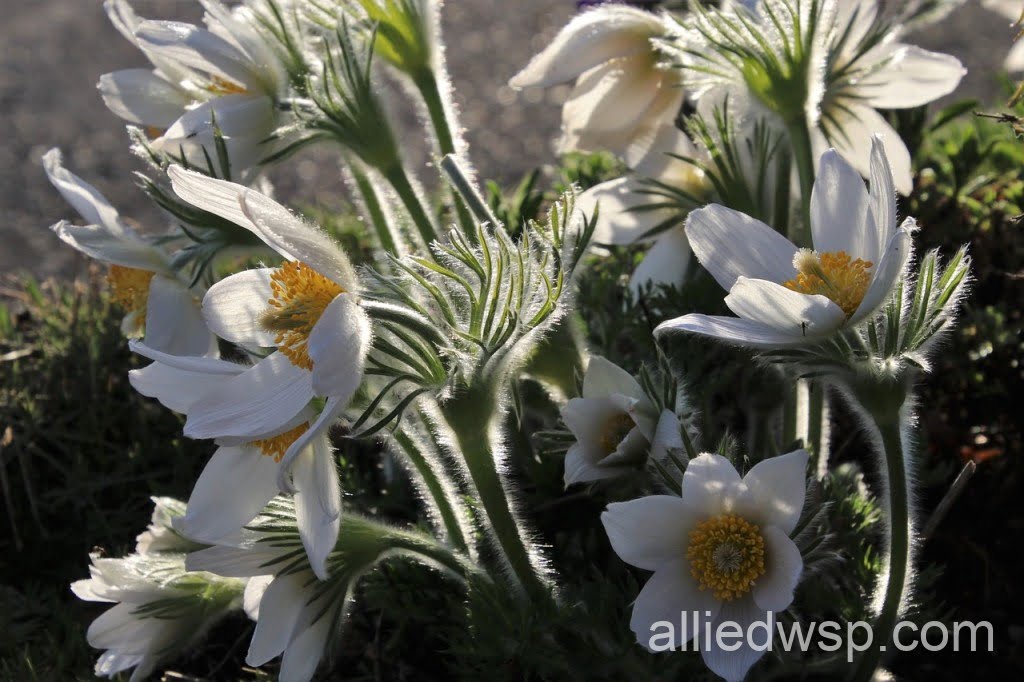Mound system lawn care is often overlooked by the home or business owner. Herbaceous plants, such as wildflowers and grasses, are good choices for mound system plantings. Grasses are especially desirable due to their fibrous root systems which hold soil in place. Grasses also provide year-round cover.

The following native prairie plants grow well on dry soils and would be good choices for a mound septic system:
Wildflowers For Mound Systems
- prairie onion (Allium stellatum)
- pussytoes (Antennaria neglecta)
- butterflyweed (Asclepias tuberosa)
- heath aster (Aster ericodes)
- bigleaf aster (Aster macrophyllus)*
- Pennsylvania sedge (Carex pensylvanica)*
- prairie clover (Dalea spp.)
- pale purple coneflower (Echinacea angustifolia)
- rattlesnake master (Eryngium yuccifolium)
- wild geranium (Geranium maculatum)*
- prairie smoke (Geum trifl orum)
- oxeye (Helianthus helianthoides)
- rough blazing star (Liatris aspera)
- wild bergamot (Monarda fi stulosa)
- penstemon (Penstemon spp.)
- pasqueflower (Pulsatilla patens)
- violets (Viola spp.)*
*shade tolerant
Best Suited Grasses For Mound Systems
- sideoats grama (Bouteloua curtipendula)
- blue grama (Bouteloua gracilis)
- little bluestem (Schizachyrium scoparium)
- prairie dropseed (Sporobolus heterolepis)
- June grass (Koeleria macrantha)
These plants are propagated by seed or plants. A combination of both will make a faster cover. Use a mulch of clean straw or a cover crop of annual ryegrass or oats to prevent erosion while the plants become established.
Low maintenance lawn grasses, such as fine fescues, can make a dense cover and only need to be mowed once or twice a year. Mow in October and late June to reduce weeds. Fescues are traditional lawn grasses that tolerate dry soils and shady sites. A mixture of fi ne-textured fescues, such as creeping red, hard and sheep’s fescues (Festuca rubrum, Festuca longifolia, Festuca ovina), in equal proportions can be seeded at the rate of 3.5 pounds per 1000 square feet. Traditional lawn grasses, such as common Kentucky bluegrass and perennial ryegrass, can be planted on a mound system and regularly mowed. Mowing will increase evaporation from the mound and aid in rodent control.
Perennial flowers, such as daylilies and peonies, can be grown; however, extra care must be taken to mulch or plant close together so soil will not be exposed and erode. Low maintenance plants that do not need tending and care (remember minimal traffic on the mound) are best. Enjoy from afar, and do not walk on the mound.
Proper selection and placement of plants best suited to the site means that those plants will be healthier, more attractive, and have fewer pest problems.
